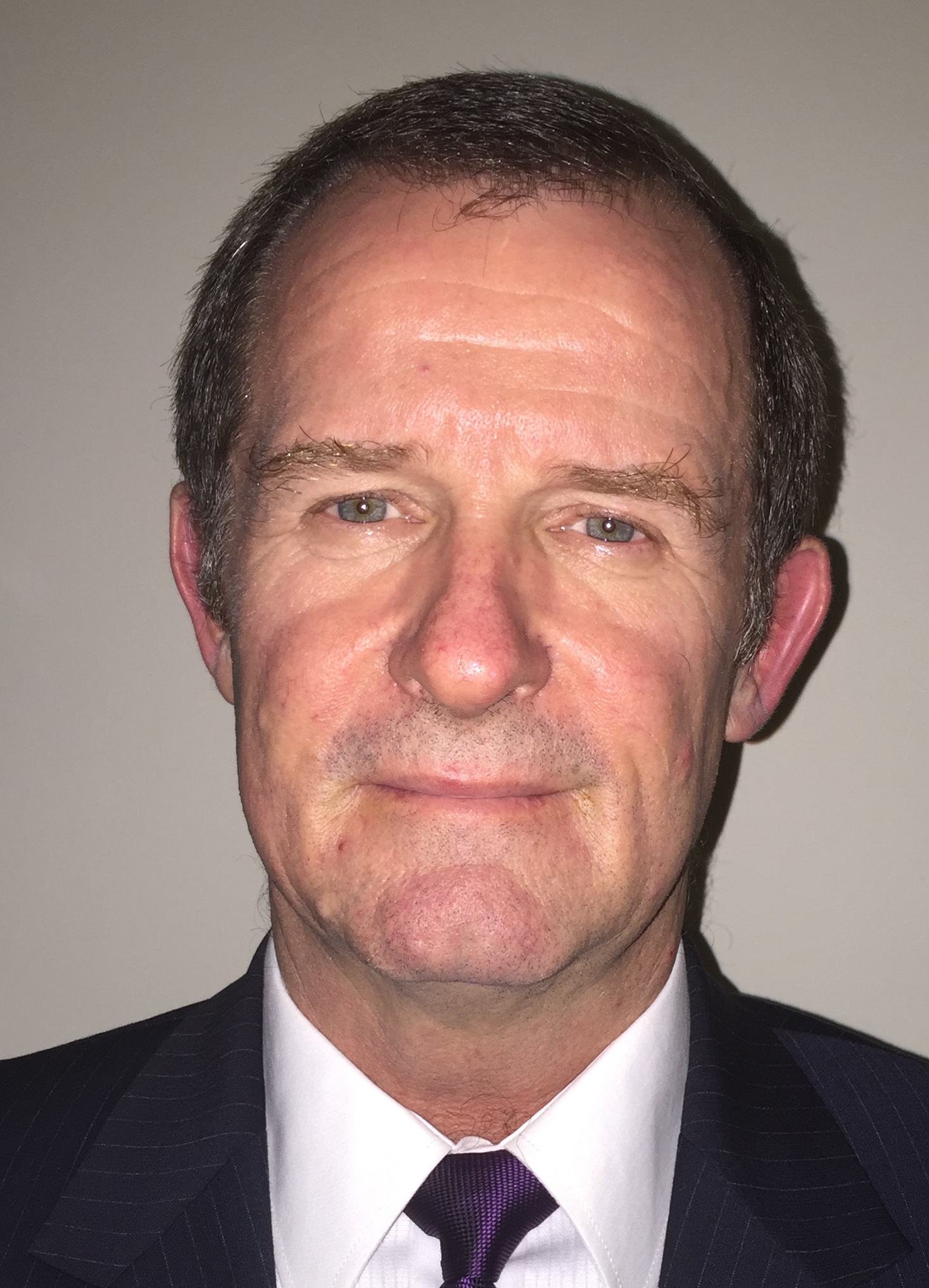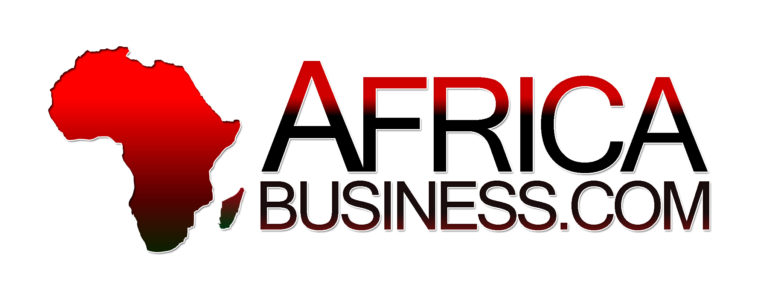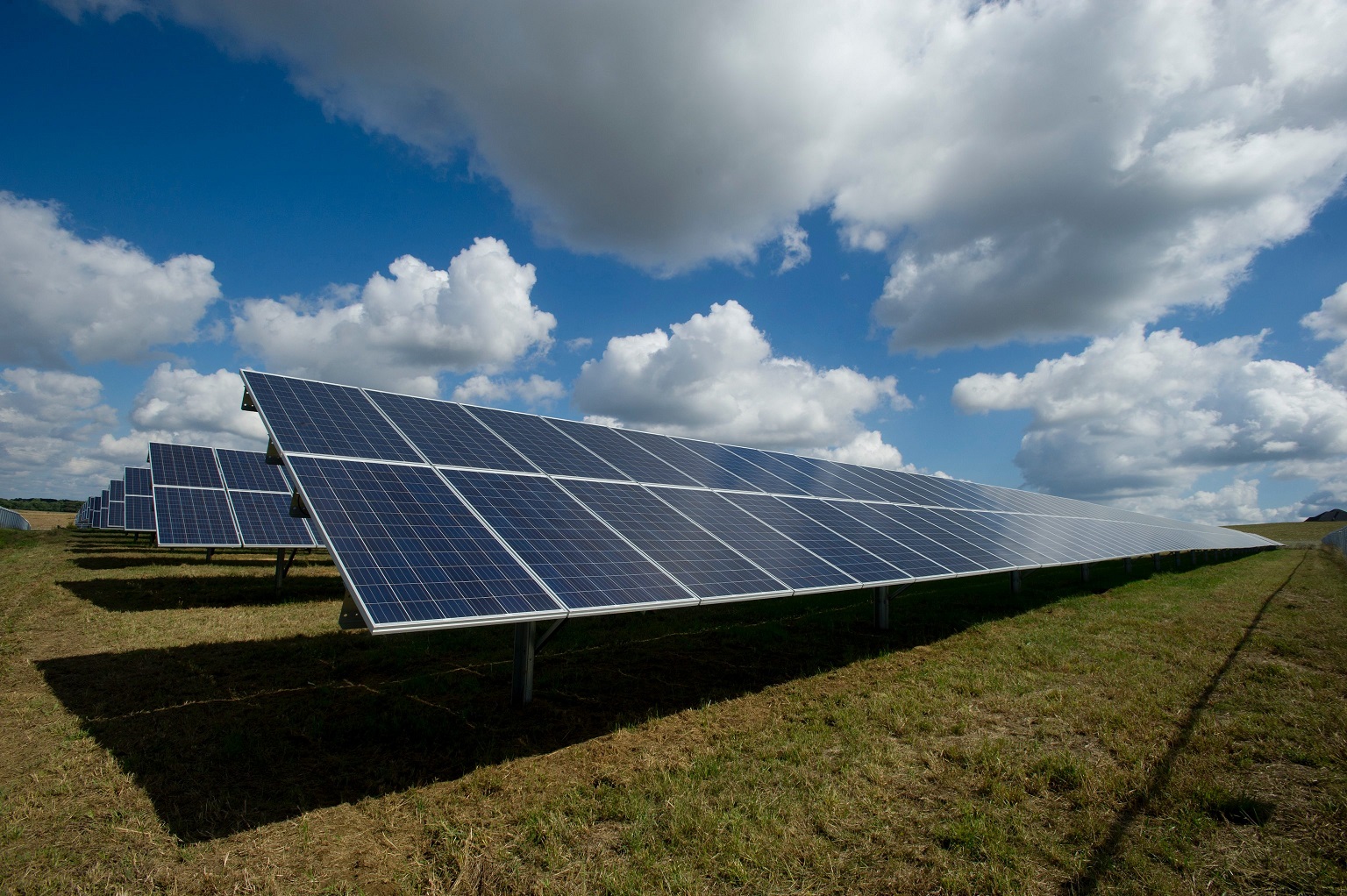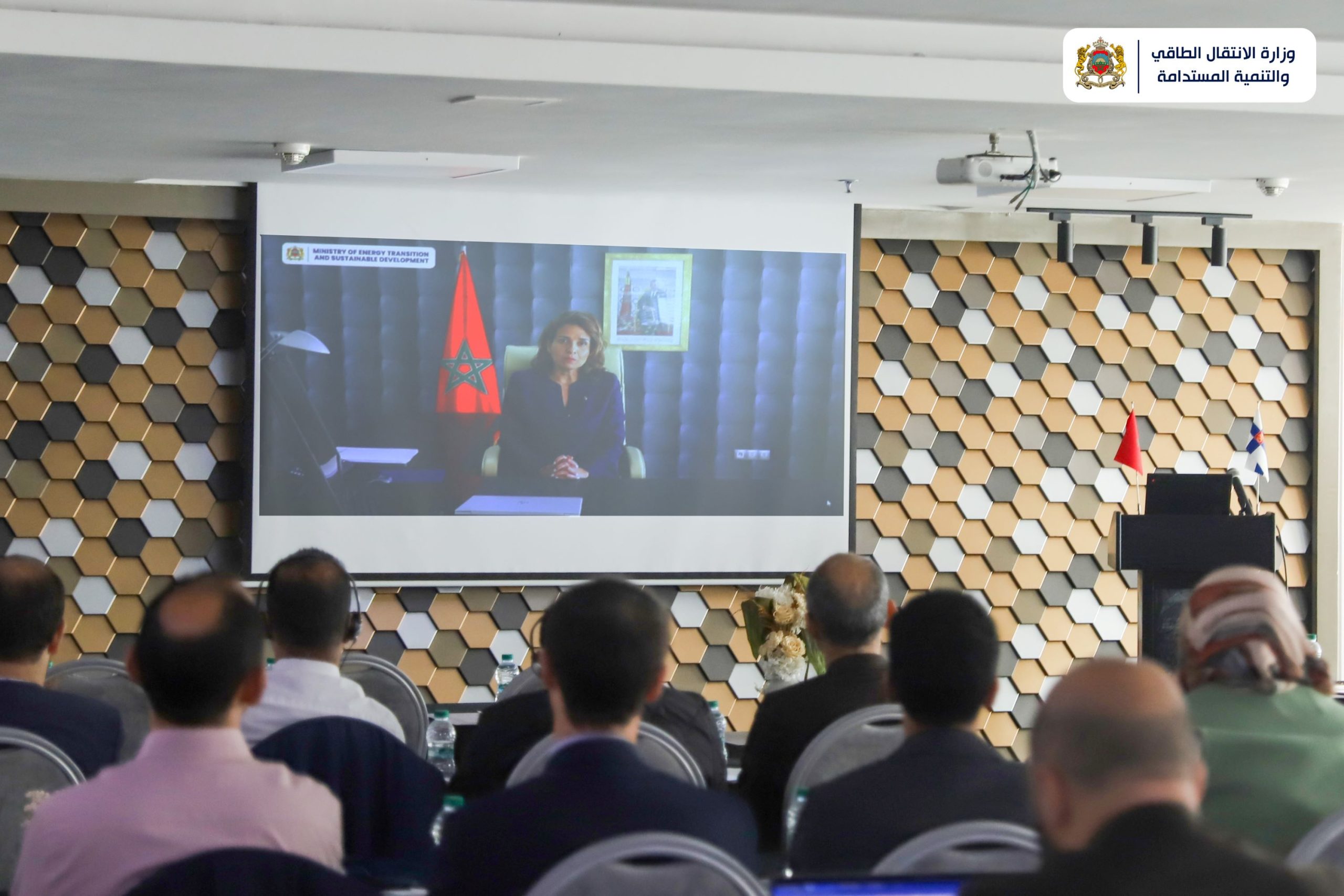 by Johan Burger
by Johan Burger
The NTU-SBF Centre for African Studies publishes a weekly newsletter on issues relevant to Africa. This paper is based on issues addressed in the newsletter.
A trend of earlier years in which we saw the further growth and development of the renewable energy sector, has continued in 2018. Renewable energy is becoming increasing popular in Africa. The examples below demonstrate the extent to which Africa is embracing renewable and clean energy.
According to the WEF, by mid-2017, 62.5% of the population of sub-Saharan Africa did not have access to reliable grid-connected electricity. This can largely be attributed to limited power infra-structure in many countries, which is further exacerbated by dispersed rural settlements. However, the region has an abundance of geothermal, hydro, wind and solar resources, which, if harnessed, can go a long way in addressing the power deficit. According to the AfDB, Africa has the potential to generate an additional 10TW of solar energy, 1,300GW of wind power, and 15GW of geothermal potential. This presents an immense opportunity for energy investors. A significant number of renewable energy deals were announced during December 2018. Examples include: 1) Kipeto Energy (Kenya, wind farm, 100 MW); 2) Nachtigal Hydro Power Company (Cameroon, hydropower); 3) d.light (off-grid solar); 4) ZOLA Electric (Tanzania, off-grid solar); and 5) Karoshoek Solar One Project (South Africa, 100 MW).
A number of foreign financial institutions have targeted the solar power sector in Africa to provide financing for the poor consumers of Africa to obtain their own systems on an affordable basis. Analysts have long expected that solar power will be important in filling the huge deficit in Africa’s power generation capacity. One challenge has been delivering an affordable proposition for the poorest consumers in developing countries, especially in remote rural areas that are unlikely to be connected to a traditional electricity grid anytime soon. Services that allow customers to pay for solar equipment and service in small instalments, have picked up momentum in the last couple of years, particularly in East Africa. Two firms that supply solar power products with pay-as-you-go products, have raised a total of US$75 million in financing this month to back up that long-held vision. San Francisco-based Off-Grid Electric, which serves about 150,000 people in Tanzania, Rwanda, Côte d’Ivoire, and recently in Ghana, has secured $55 million funding, which will be focused on R&D and further expansion in Africa. Their customers will pay in instalments or lease their system over 2 to 3 years before they fully own the equipment. The $20 million of UK-based Azuri Technologies will serve as working capital for its expansion in East Africa. Azuri installs rent-to-buy solar systems and its new satellite TV service. Power is paid for by mobile phone or scratch-card, and the payments go towards owning the system outright.[1]
Solar has indeed been punted as the energy business model of the future for Africa. Various countries have been developing initiatives in this regard. Amongst these we even find Nigeria, which has large oil and gas deposits. Given that approximately 620 million people in Africa are without access to electricity, and that “Lighting up Africa” is one of the High 5 Priorities of the AfDB, any initiative to increase access to electricity must be lauded. One challenge has always been the funding of any initiatives in the renewable energy field. Developing solar mini-grids that operate independently from the national grid, has also been described by various experts as the road to go. Although this does take off the pressure as far as the financing of major systems is concerned, the challenge is still with the poor people, of whom many live on $2/day. It is therefore to Africa’s benefit that we find institutions such as the above that enable the poor consumers to finance their electricity systems in the way described. In East Africa, we also find M-Kopa, who have been around for quite a while, using the well-known M-Pesa application to help poor consumers transform a high upfront capital cost into a monthly operating cost. Given the vast backlog, we will probably still see many such players launching various initiatives to tap into this business opportunity.
About 75% of Africa’s rural population lack access to electricity, forcing them to rely on expensive and dirty fuels like kerosene for lighting and diesel for generators. Recent years have seen rapid growth in the market for small-scale solar home systems (SHSs), which comprise solar panels, batteries, inverters and a distribution board. A number of decentralised energy service companies (DESCOs) have established themselves in African markets, including M-Kopa, Off-Grid Electric, d.Light, Bboxx, Mobisol and Nova Lumos. These DESCOs provide integrated renewable energy solutions comprising hardware, software, distribution, and financing. The companies supply affordable SHSs in varying sizes, together with efficient LED lights, mobile phone chargers and a variety of basic electrical appliances such as radios and TVs. Several of the DESCOs launched their operations in East Africa (Kenya, Rwanda and Tanzania) and West Africa (e.g. Ivory Coast). The major innovation has been the form of end-user finance. Several DESCOs have adopted a pay-as-you-go (PAYG) scheme, whereby customers pay a small up-front amount for the equipment and then monthly or weekly payments for the energy used, using mobile payment systems. The PAYG business model also requires capacity building among sales and distribution agents.[2]
We now see business opportunities for investors throughout the value chain. The sector has increased the relevance of mobile money applications. The increasing importance of solar mini-grids in Africa is becoming increasingly difficult to ignore. The lowering cost of solar and the increasing efficiency thereof is making solar the preferred energy business model in Africa.
Another technology company that has been developed in the solar energy sector, is SolarNow, a business providing solar energy, appliances and financing solutions in East Africa. By turning to cellular connectivity, SolarNow can enhance credit provision, mostly through better insights into client behaviour, making solar more accessible through affordable finance. Using cellular connectivity also means the performance of the solar system can be remotely monitored, ensuring a much better service for customers.[3]
The development of new solar technology is constantly improving the efficiency of solar as technology and is reducing the cost thereof as well. In spite of this, for the poor people at the bottom of the pyramid, the capital cost associated with solar energy systems is still too high. Therefore, payment solution providers such as M-Kopa and SolarNow play a crucial role in rolling out solar systems into rural areas. The number of these solutions providers are increasing, showing upon the lucrative nature of this sector in the renewable energy industry. Given that ~630 million people in Africa do not have access to electricity, and the relative small number of solutions providers, there is a huge market for new players in Africa. With the advent of new digital technology enabling systems, such as the massive reach of mobile (and the accompanying applications), the cloud, the IoT and AI, it is becoming easier to develop systems that have a massive impact.
West Africa has also embraced solar energy. Ghanaian President Nana Akufo-Addo has pledged to increase the contribution of solar energy to Ghana’s energy mix. Currently, solar energy only contributes 1% to the energy mix, as opposed to 59% from fossil fuels, and 40% from hydro. He is keen on developing utility-scale solar energy projects, as well as accelerating the development of mini-grid solutions in off-grid and island communities for lighting, irrigation and other economic activities. To this end, and in keeping with Ghana’s commitments under the Paris Agreement, he outlined solar energy programmes for implementation by 2030, which include the attainment of utility-scale solar electricity from about 22.5MW to 250MW. He also stated that 200,000 solar systems in urban and selected non-electrified rural communities will be installed, and 55 mini-grid electrification systems with an average capacity of 100KW will be established. These solar systems will be hybridized with other generation options to serve islands and off-grid communities. Two million solar lanterns will be deployed to replace kerosene lanterns.[4]
We are therefore slowly, but surely, seeing African countries adopting renewable energy to complement its existing energy generation sources. Given the availability of sun in the tropics of Africa, and the inability of conventional sources to provide in the energy requirements of Africa, it just makes so much sense to turn towards solar as a source of energy. As for solar lanterns versus kerosene lanterns, not only is it cheaper, but it is also safer. Many Africans have died from fires caused by kerosene lanterns. The flexibility created by solar mini-grids goes a long way to get electricity to rural communities, cheaper and faster.
The development potential of Nigerian mini-grids is valued at up to US$20 billion. The development of off-grid systems, including mini-grids and solar home systems, could save individuals and businesses US$6 billion per year. In addition, by scaling up the mini-grid market to 10,000 sites, each with a 1-KW capacity, the sector can electrify an estimated 14% of the population and generate annual returns of US$3 billion by 2023. At present, there are 30 solar-powered mini-grids in Nigeria serving around 6000 customers. Just 36% of the rural population is estimated to have consistent access to a centralized power supply, and use diesel and oil generators, which cost around $0.0019 per KWh compared to $0.0016 for a mini-grid connection. As the market expands, costs could fall by 60% by 2020. The expansion of off-grid systems could also help the energy sector circumvent distribution shortfalls affecting the transmission network. To fully leverage future generation capacity, the network will require US$4 billion in private spending from local distribution companies by 2021. The government, supported by the World Bank, has launched a 5-year, US$350 million Nigeria Electrification Project to help finance electrification solutions for rural populations. The plan will develop the mini-grid market and incentivize private sector firms to build 1200 mini-grids nationwide, electrifying 200,000 households and 50,000 local businesses through subsidies and technical assistance.[5]
Recently, Ethiopia signed an MoU with the Gulf Electricity Interconnection Authority and the International Energy Linking Organization to start a feasibility study of electricity linkage between Ethiopia and the GCC countries. The project aims to enhance energy security and raise the level of reliability and safety of the Gulf electrical systems. Ethiopia has a huge water capacity that can be used in generating electricity, which will be exported from Ethiopia to the GCC countries. Ethiopia has been positioning itself as the primary source of energy in not only the Horn of Africa, but in East Africa and even further afield. The cost of electricity in Ethiopia is the lowest in Africa. Ethiopia is tapping into renewable energy in a major way, with hydro, wind and solar energy receiving a lot of attention. Ethiopia has approximately 4.3GW of installed power generation capacity, of which 3,810MW is in the form of hydro installations, 324MW wind, 7MW geothermal and 143MW of diesel. It has launched various tenders the last 2 years to be able to develop 300MW of solar by 2020. Quite recently it launched another tender for the development of 800MW solar.
The Ethiopian government has also recently announced the commencement of a tender for four solar PV projects. These four projects are in addition to two Scaling Solar projects, which are currently being procured. In addition, two separate solar PV projects are expected to be initiated later in the year. The eight pending solar PV projects in Ethiopia total up to 1000MW.
Rwanda recently signed a US$400 million deal to produce bottled gas from Lake Kivu. The project would suck gas from the lake’s deep floor and bottle it for use as fuel. This should, in turn, help prevent toxic gas bubbling to the surface. Rwanda already has two companies that extract gas from Lake Kivu to power electricity plants. The bottled methane would help cut local reliance on wood and charcoal, the fuels most households and tea factories use in Rwanda. The bottled gas should be on sale within two years.
In Kenya, the Kenya National Electrification Strategy recognised the key role played by mini-grids and stand-alone solar systems to complement the grid densification and extension. Kenya has a target of 35,000 connections through 121 mini-grids and 1.96 million connections as stand-alone solar home systems. In the period January-June 2018, 519,154 off-grid solar products were sold in Kenya in the half-year period alone, accounting for 34% of all sales in sub-Saharan Africa. Market penetration of off-grid solar in Kenya has increased ten-fold and is currently estimated at between 25–30%.
The author, Johan Burger, is the director of the NTU-SBF Centre for African Studies, a trilateral platform for government, business and academia to promote knowledge and expertise on Africa, established by Nanyang Technological University and the Singapore Business Federation. Johan can be reached at johan.burger@ntu.edu.sg.
[1] https://qz.com/africa/1186227/solar-projects-in-africa-are-picking-up-momentum/
[2] https://africanbusinessmagazine.com/sectors/energy/mobile-meets-modular-pay-go-solar-rural-africa/
[3] https://www.esi-africa.com/iot-solar-power-africa/
[4] https://www.ghanaweb.com/GhanaHomePage/business/Ghana-to-increase-solar-energy-contribution-to-energy-mix-Akufo-Addo-Pledges-633292
[5] https://oilprice.com/Energy/Energy-General/Nigeria-Doubles-Down-On-Mini-Grids.html



